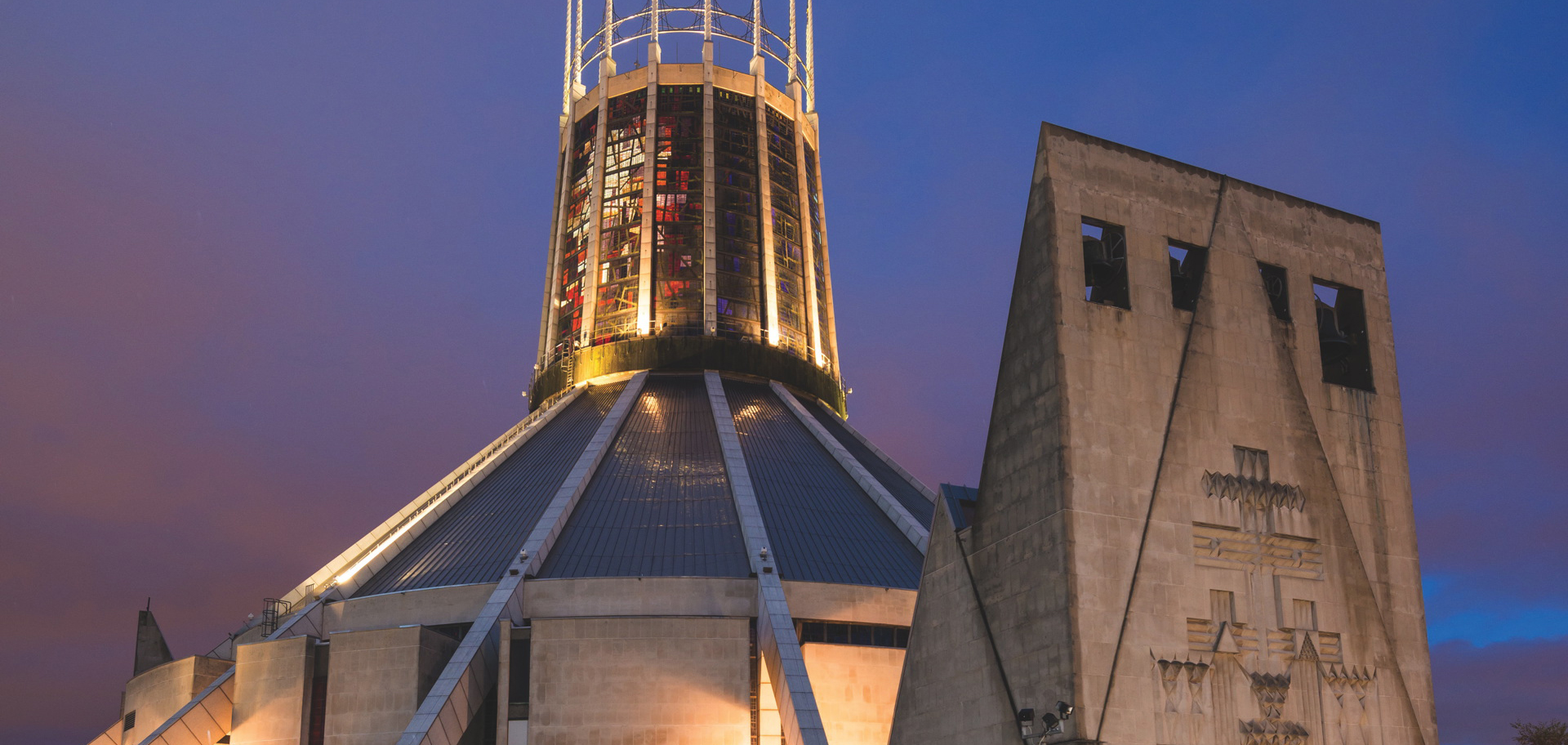Preview: Pierre Henry’s The Liverpool Mass
Fifty years after it was commissioned, a challenging electronica composition will be performed in the radical Liverpool space it was meant for
It may have taken half a century for Pierre Henry’s Liverpool Mass to be finally performed in the building for which it was commissioned, but for fans of pioneering electronica it should prove worthy of the wait.
Now aged 89, Henry began work on the piece for the inauguration of Liverpool’s Metropolitan Cathedral of Christ the King in 1967 but could not complete it on time and the cathedral was compelled to commission a last-minute replacement. But with 2017 marking both the 50th anniversary of the venue’s inauguration and the 300th of Liverpool’s Bluecoat building, which opened the UK’s first dedicated arts centre in 1907, the two organisations have combined forces for what should prove a very special evening of music.
“Pierre Henry was one of the inventors of the musique concrète genre, which takes real sounds – mainly human voices in the case of this piece – and treats them electronically,” explains Mark Goodall, project manager for this performance. “He changes things around, chops sounds and repeats them in a manner reminiscent of modern samplers, so the mass presents familiar instruments such as violins and violas in a manner you may not recognise and may not have heard before.”
Due to difficulties travelling, Henry himself will be absent for the performance. “It is unfortunate because, as a Catholic, this has always been a very personal project for him,” says Goodall. But the mass, set to be presented through a bespoke arrangement of 40 speakers, will be controlled and mixed live by his long-term musical collaborator Thierry Balasse.
“When you listen to the Liverpool Mass it is very clear it was composed for that specific space and will only reach its full potential in that very space – I really can’t wait to perform it in the cathedral,” Balasse says. “Preparing the concert in the studio is a frustrating experience because Pierre Henry anticipated the echoes and reverberations of the cathedral so it will gain amplitude when it unfolds there.”
Comprising six movements, the work reinterprets the traditional mass through recitation of texts and, like much of Henry’s work, there are further religious and spiritual tropes. “The main thing is it places the voice at the heart of the whole composition in a way that is so full, so advanced,” says Balasse. “It’s a thorough exploration of the voice and of the text.”
The original commission was indicative of the cultural atmosphere of the 1960s, one keen to explore the new and challenge preconceived ideas. Even the design of the Metropolitan Cathedral itself – circular, towering, on an epic scale and featuring a proliferation of angular, abstract stained glass – looks radical and fresh to this day. With this in mind, it’s little wonder Goodall claims hearing the Liverpool Mass live will be both immersive and somewhat challenging.
“It’s music that doesn’t always sound like music: this isn’t easy listening by any means,” he says. “The very final section, Communion, is very powerful, like a piece of electronic noise really. Maybe that’s something we’re more used to now but 50 years ago it was truly ground-breaking – it should certainly ensure people leave the performance with a strong sense of something.”
Pierre Henry: The Liverpool Mass is at Liverpool Metropolitan Cathedral, 13 May

Leave a reply
Your email address will not be published.